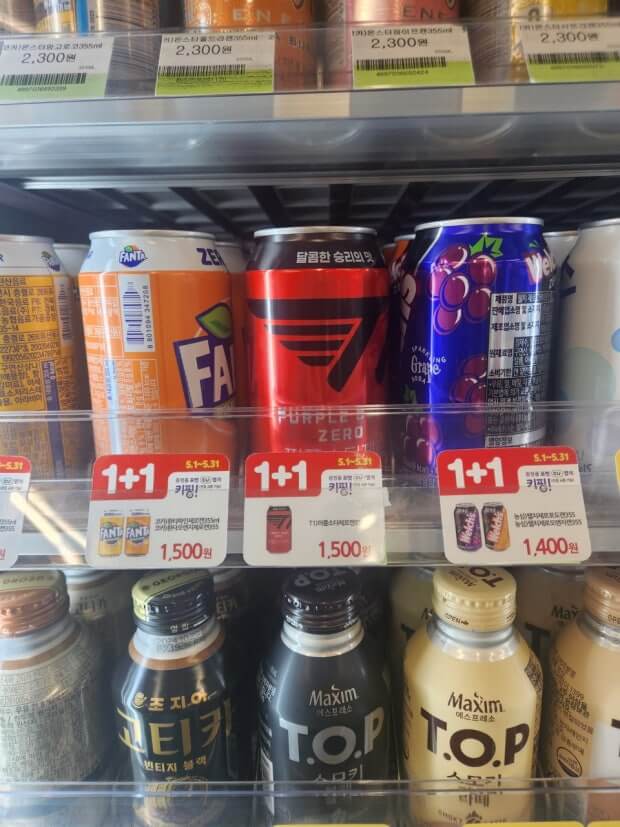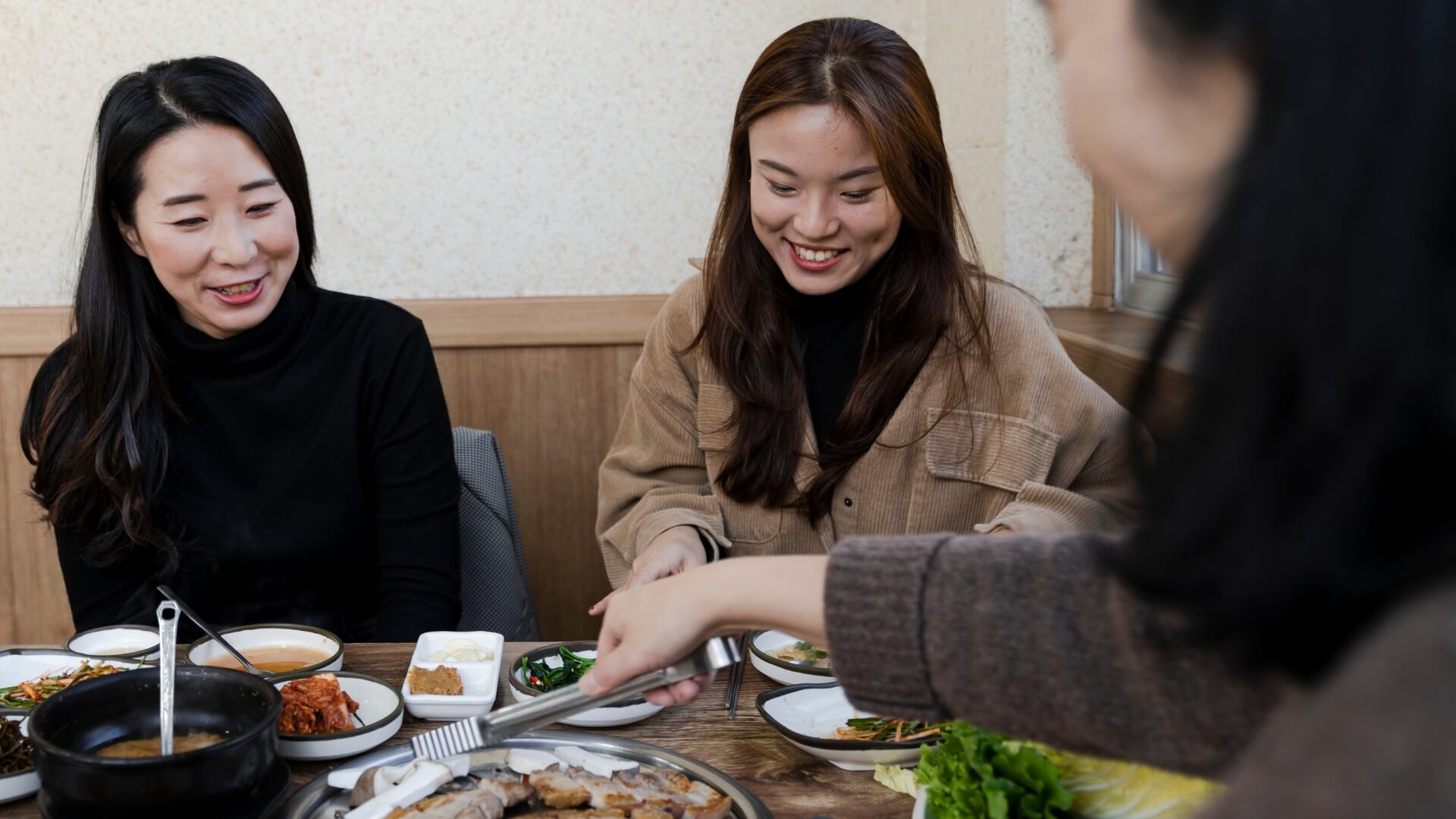I have had the privilege of living in four countries on three continents and I’m now living in Korea for the past eight years. I’ve been here long enough to learn the ropes on how to survive on this land. So, here are some essential tips that are honest and truthful that even ChatGPT can’t offer to newly arriving visitors or expatriates.
1. 1+1 Means Buy One, Free One
I noticed many foreigners and tourists are not easily aware of this, so it’s on top of my list. If you buy one item, you get a second similar item for free. You will see this all the time in convenience stores. 2 + 1 means, you guessed it, buy 2 get one for free!

Do check the photo on the label, because sometime you can mix and match different products. For example, a 1+1 deal for sodas can be a mix between the same soda brand but with different flavors.
2. Use Papago, Not Google Translate
Papago is Korea’s very own version of Google Translate. And since it was developed by Koreans, you can’t go wrong with its translation. It is more accurate than Google Translate and best of all, it is a lot more polite! This means the translated phrases and sentences would sound more formal and respectful, especially when you are trying to communicate with a local.
Do note that respect is on a higher level in Korea. It is something not to be taken for granted and something you should be sensitive to when you’re in Korea.
3. Use Google Maps with Naver Map or Kakao Map
This may sound counter-intuitive when I just said Korean apps are better than foreign apps, well, except for their navigation apps. It is not because their apps are designed poorly by nature, it is just that it doesn’t have adequate English language support.
Because Naver Map and Kakao Map tend to display places and information only in Korean language, you can’t search most of them using the Roman alphabet (ABC…).
You get better results on Google Maps since it is friendlier to English-speaking natives. Plus, it navigates well if you use the public buses or trains. However, two downsides are that it doesn’t support turn-by-turn navigation which means you can’t use it when driving. And it may not have the most updated locations on the map since it’s not local. To get the most places listed, try Naver or Kakao Map.
I personally use Google Maps most of the time, complemented with Naver Map.
4. Don’t Talk to Strangers Other Than Asking For Directions
Koreans tend to keep their personal lives separated from those they do not know. If you’re looking to meet new Korean friends, try language exchange gatherings or online groups. And use texting instead of talking. Usually, this makes them feel more comfortable because they tend to be very self-conscious about their English proficiency. And Koreans generally write better in English than talk.
5. Don’t Maintain Long Eye Contact
Contrary to Western values, the culture here does not foster eye-to-eye contact. I guess you’d realized that from the practice of bowing as a form of greeting.
Looking people in the eye, especially strangers is not a favorable gesture in Korea. People tend to not look straight at you even when conversing. Quick eye contact is fine, but don’t hold for too long. It will make the recipient feel uneasy.
6. It’s OK if Someone Doesn’t Hold The Door For You
With the exception of workers opening the doors for you as you enter their premises, Koreans do not practice this ritual. I couldn’t take this in the beginning, but I got used to it now. My British and French friends didn’t like it either. But try not to take it to heart.
7. It is OK if Someone Doesn’t Say “Excuse Me”
Another hard-to-swallow social norm in Korea is the lack of this etiquette. You may find people rubbing shoulders with you on the streets or subways while totally ignoring you. Or even taking an empty chair from your table without asking. That’s just how it is here.
8. Don’t Talk Loudly
Sometimes we take chatting for granted. No offense but since this is one of the most homogenous countries in the world, people are not used to foreign languages. So when you are in Korea, please try to lower down your volume. I’ve heard enough locals complaining about this.
9. Don’t Be Too Direct When You Communicate
This is something that most foreigners are not aware of, and I, myself learned this the hard way. Koreans tend to view being direct or blunt as impolite. For example, giving public feedback about how a foreign teacher performed may sound rude to them. So, try not to be too direct in your choice of words. Such as saying “It’s ok” rather than “No, I don’t want that.”
10. Use BiiB Chat App to Communicate With Koreans
If you need to converse with Koreans, try the BiiB messaging app. It works like WhatsApp or KakaoTalk, except that it uses AI to auto-translate your English messages to Korean language. My Korean business friends love it so far saying it is so “comfortable” (편안해요) to use, meaning so convenient. For them, it’s like talking in English without knowing English, and to you would be like chatting in Korean without knowing Korean.
11. Get Used to People Standing Near to You
Since Seoul is one of the most crowded pieces of land in the world, personal space is also a premium real estate. So, forgive others if they are walking or standing too close for your comfort. Brushing shoulders with others is a social norm here. We all just have to learn to give as much room to others as possible, albeit when there’s no room left to give.
If you need help navigating Korea, you can add me on the BiiB app – https://ibiib.com/I9S0SyQ2nSb
